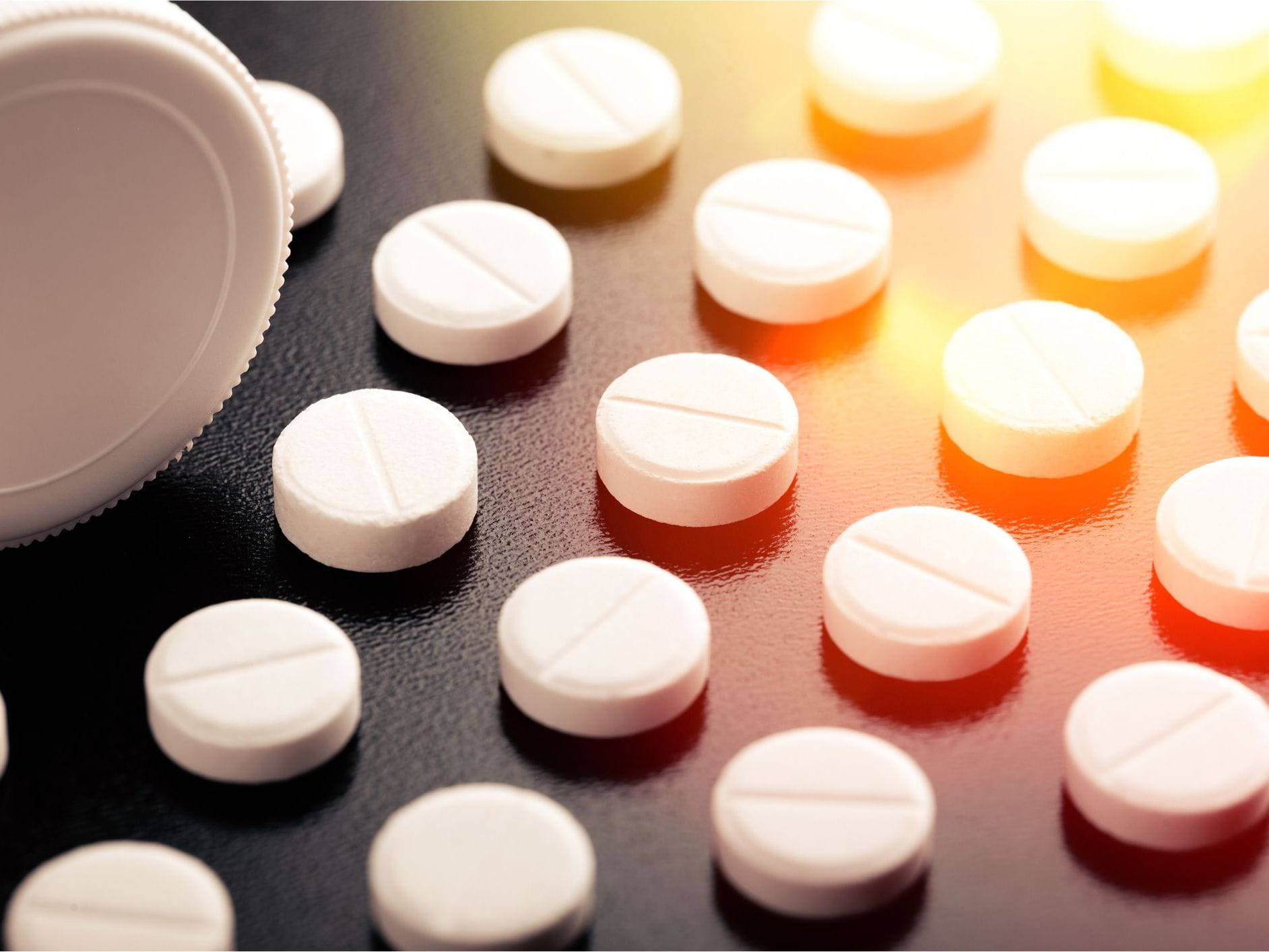Getting up to speed on Adderall

The Bottom Line
Adderall is a combination of 2 central nervous stimulants: amphetamine and dextroamphetamine. Its main use is the treatment of attention deficit hyperactivity disorder (ADHD). In overdose, it can cause serious central nervous system and cardiovascular effects.

What is Adderall?
Adderall is a combination of 2 central nervous stimulants: amphetamine and dextroamphetamine. It is available as immediate-release and extended-release formulations.
What is Adderall used for?
Adderall is used for the treatment of attention deficit hyperactivity disorder (ADHD). It increases the levels of dopamine and norepinephrine in the brain, which improves focus and cognitive performance. It is also used to treat narcolepsy, a condition that causes the person to suddenly fall asleep during the day. Adderall is sometimes abused for its euphoric effect, to suppress appetite, and to improve athletic performance.
Common side effects of Adderall
Common side effects include anxiety, nervousness, headache, talkativeness, weakness, sleep disturbances, dry mouth, stomachache, constipation, and a decrease in appetite leading to weight loss. Your body might get used to some of these side effects so that they eventually disappear or improve.
More serious side effects are less common but can include an increase in blood pressure, dizziness, tics (sudden recurrent movements or sounds), bruxism (teeth grinding), rashes, panic attacks, hallucinations, depression, and paranoia.
Do not abruptly stop taking Adderall, since this can precipitate withdrawal symptoms such as agitation, depression, or extreme tiredness. It might be necessary to taper the dose over time.
Symptoms of an Adderall overdose
Central nervous system effects of overdose include euphoria, severe anxiety, agitation, psychosis, seizures, and coma. Cardiac effects include increased heart rate, significant increased blood pressure, myocardial ischemia, and heart attack.
Other physical effects include muscle spasm and rigidity, involuntary muscle contractions, tremors, sweating, and bruxism. Deaths are due to heart arrhythmias, uncontrolled seizures, intracranial hemorrhage, or markedly elevated body temperature.
Do any other drugs interact with Adderall?
Yes, many drugs interact with Adderall. Some examples include antidepressants, antivirals, migraine medications, painkillers (some opioids), antipsychotics, seizure medications, gastrointestinal medications (including antacids, H2 blockers, and proton pump inhibitors), and blood pressure drugs. Adderall can also interact with some herbals, vitamins, alcohol, and foods (such as caffeine). Therefore, it is important to check with your doctor or pharmacist about potential interactions if you are taking Adderall.
What to do if someone is experiencing negative effects of Adderall?
If someone is experiencing mild side effects from therapeutic doses, contact the prescriber to see whether a lower dose or different medication would be better. If someone is experiencing more severe side effects or has taken an overdose, referral to an emergency department is probably needed. If you are unsure what to do, help from experts is available through the webPOISONCONTROL online tool and by phone at 1-800-222-1222. Poison Control’s expert guidance is always free, confidential, and available 24 hours a day.
Wendy Klein-Schwartz, Pharm.D., MPH
Clinical Toxicologist
Poisoned?
Call 1-800-222-1222 or
Prevention Tips
- Store medicines up, away, and out of sight of children.
- Take the prescribed dose at the scheduled time.
- Do not Adderall for recreational or non-medical purposes.
- Do not share your Adderall with others or take someone else’s Adderall.
- Consult with a physician or pharmacist or use an online drug interaction checker before taking other medications, herbal supplements, vitamins, caffeine, or alcohol with Adderall.
- Do not abruptly stop taking Adderall, since it can precipitate withdrawal symptoms.
- Do not use it if pregnant or breastfeeding unless your doctor feels that the benefits outweigh the risks.
This Really Happened
An 18-month-old girl swallowed 2 or 3 of her brother’s Adderall pills. She became agitated and restless, with dystonic movements. She was staring out into space and not responding to her name. The mother called Poison Control and was told to take her daughter to the emergency room (ER). In the ER, she was hypertensive, with an elevated heart rate and respiratory rate, as well as a mildly elevated temperature. She was awake but restless, irritable, and crying on and off. She was not responding to her mother, the doctors, or the nurses. A urine toxicology screen was positive for amphetamines. Other lab values were normal. She was admitted for observation and started on intravenous fluids. She did not need other treatment. Over the next 8–12 hours, she became responsive and interactive with normal blood pressure, heart rate, and temperature. She was discharged the following day.
For More Information
References
Poisoned?
Call 1-800-222-1222 or
Prevention Tips
- Store medicines up, away, and out of sight of children.
- Take the prescribed dose at the scheduled time.
- Do not Adderall for recreational or non-medical purposes.
- Do not share your Adderall with others or take someone else’s Adderall.
- Consult with a physician or pharmacist or use an online drug interaction checker before taking other medications, herbal supplements, vitamins, caffeine, or alcohol with Adderall.
- Do not abruptly stop taking Adderall, since it can precipitate withdrawal symptoms.
- Do not use it if pregnant or breastfeeding unless your doctor feels that the benefits outweigh the risks.
This Really Happened
An 18-month-old girl swallowed 2 or 3 of her brother’s Adderall pills. She became agitated and restless, with dystonic movements. She was staring out into space and not responding to her name. The mother called Poison Control and was told to take her daughter to the emergency room (ER). In the ER, she was hypertensive, with an elevated heart rate and respiratory rate, as well as a mildly elevated temperature. She was awake but restless, irritable, and crying on and off. She was not responding to her mother, the doctors, or the nurses. A urine toxicology screen was positive for amphetamines. Other lab values were normal. She was admitted for observation and started on intravenous fluids. She did not need other treatment. Over the next 8–12 hours, she became responsive and interactive with normal blood pressure, heart rate, and temperature. She was discharged the following day.
